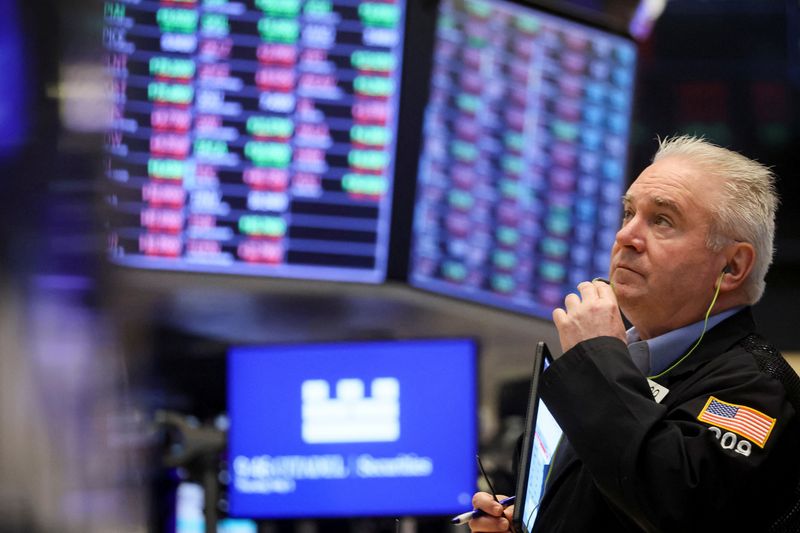Gold prices near 3-week high; could reach $4,700/oz - UBS
Investing.com -- Investors allocated $22.5 billion to cash and $9.4 billion to bonds last week, while gold drew $2.5 billion, marking its 12th consecutive weekly inflow. The metal is now tracking toward a record $80 billion in inflows for the year.
Equity flows were modest at $2.1 billion overall, but under the surface, U.S. equities posted a $4.7 billion outflow.
Small caps were hit hardest with $2.7 billion in redemptions, keeping them on track for a record $58 billion outflow in 2025. U.S. large caps lost $0.7 billion but remain on pace for a record $536 billion inflow for the year.
European equities added $1.3 billion, their eighth straight week of inflows. Emerging markets took in $2.7 billion, though year-to-date (YTD) trends still point to one of the largest annual outflows on record.
Utilities saw the fifth-largest weekly inflow ever at $1.1 billion. BofA private clients made modest rotations out of stocks into bonds, while growth, investment-grade (IG), and high-yield (HY) exchange-traded funds (ETFs) were favored over municipal, healthcare, and energy ETFs.
BofA strategists led by Michael Hartnett see easing financial conditions—via falling stocks, oil, yields, and the U.S. dollar—as a potential revival of risk appetite.
However, he cautions that if these moves are driven by weak payrolls and fears of fiscal slippage, this would be “very bad news for risk assets.”
Hartnett’s tactical framework sees the S&P 500 at 5400 as a zone to "nibble at weak dollar plays" such as EM and REITs.
If the index slips to 5100–5200, he suggests buying policy-sensitive names like U.S. small caps, homebuilders, and Asian tech.
In a recession scenario, he advises waiting for the S&P 500 to fall to the 4800–5000 range “to go all-in on risk once "Trump put” [is] triggered by low 40-45 approval rating & higher unemployment.”
The U.S. now accounts for 70% of the global equity market, up from 40% during the Global Financial Crisis.
At the start of the year, positioning was heavily skewed toward U.S. exceptionalism, with few investors prepared for scenarios like recession, a bear market, or a major trade conflict, Hartnett said.
But since January, themes like DeepSeek, DOGE, and "Liberation Day" have marked the beginning of a new secular bear market for the U.S. dollar—and potentially the “end of U.S. equity market leadership.
In fixed income, IG bonds attracted $6.8bn in their 75th consecutive week of inflows, while HY bonds lost $0.8bn for the second week.
EM debt saw $1.2bn in inflows, and Treasury/Govt bonds pulled in $3.9bn. TIPS extended their inflow streak to 12 weeks. Outflows continued from munis and bank loans.
